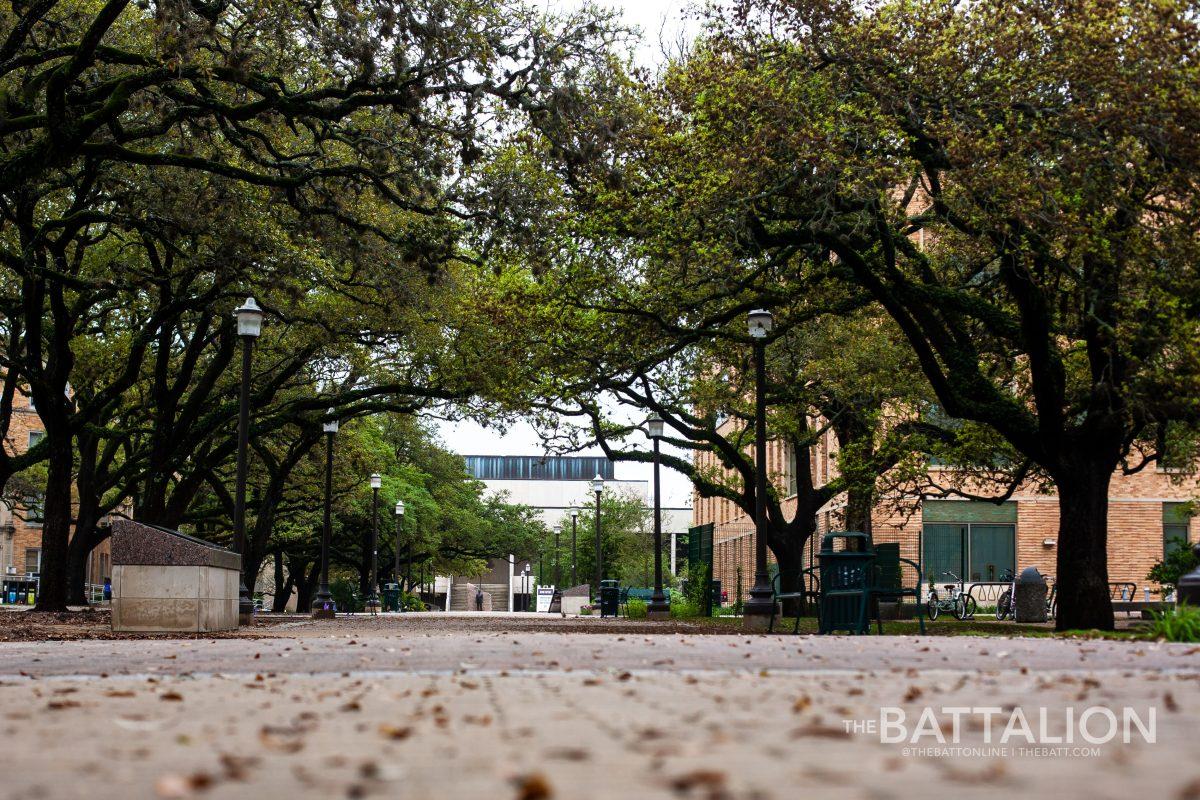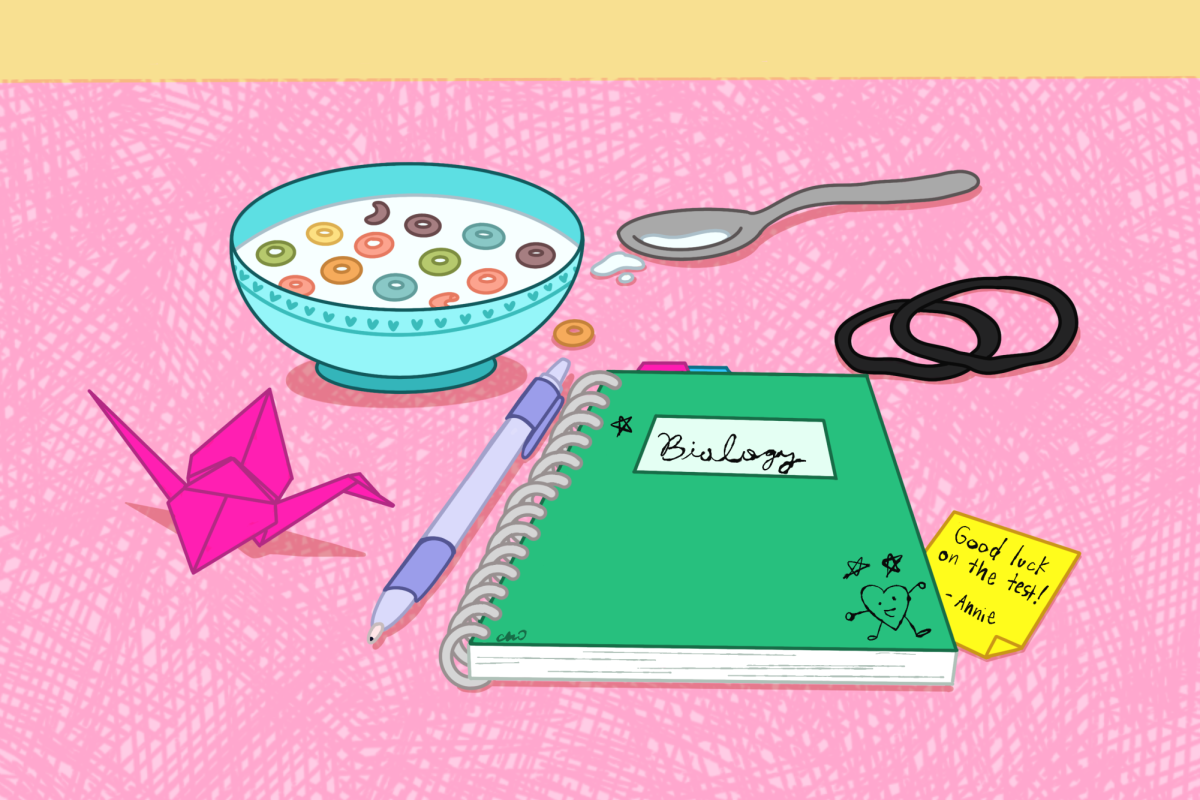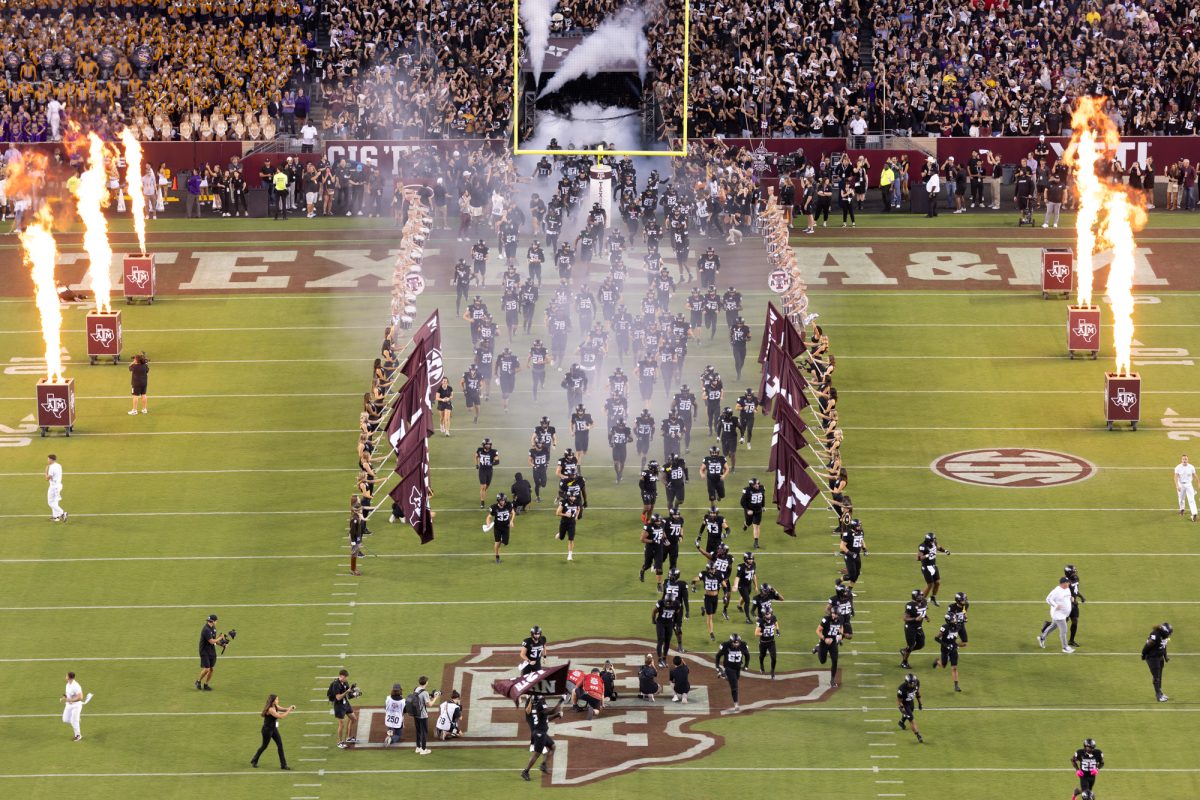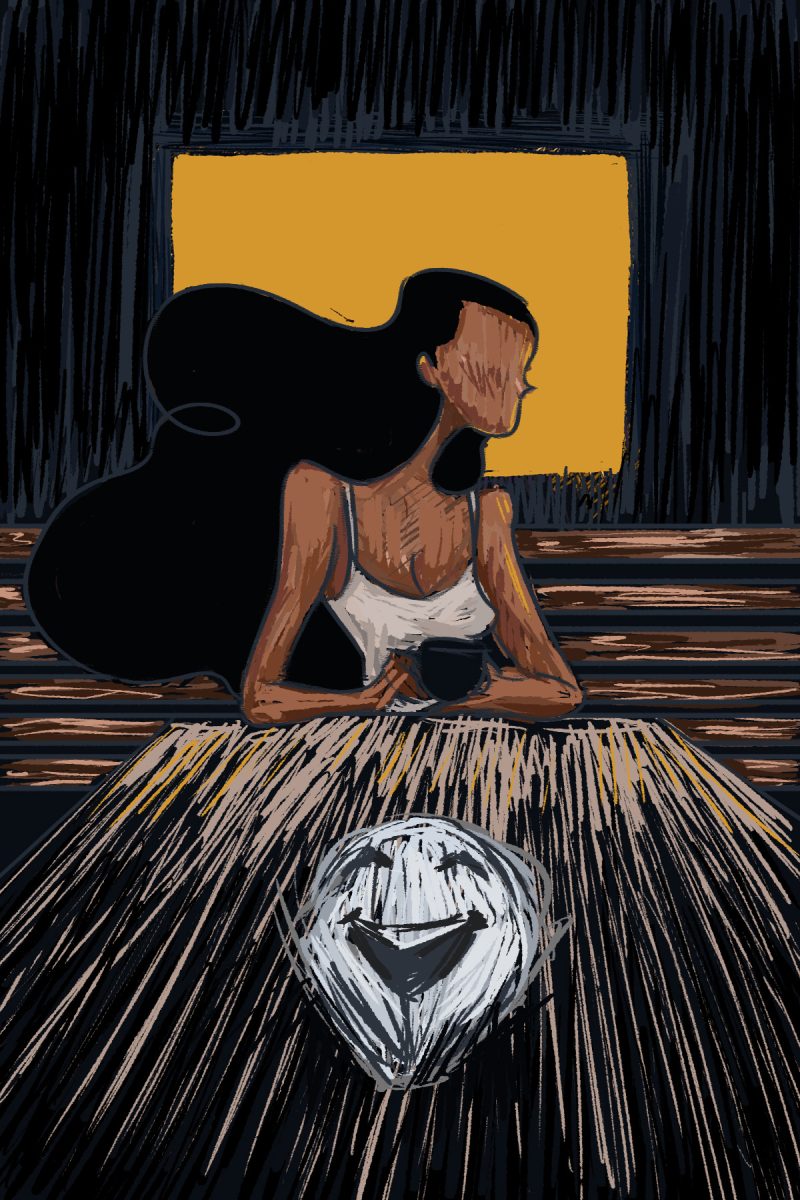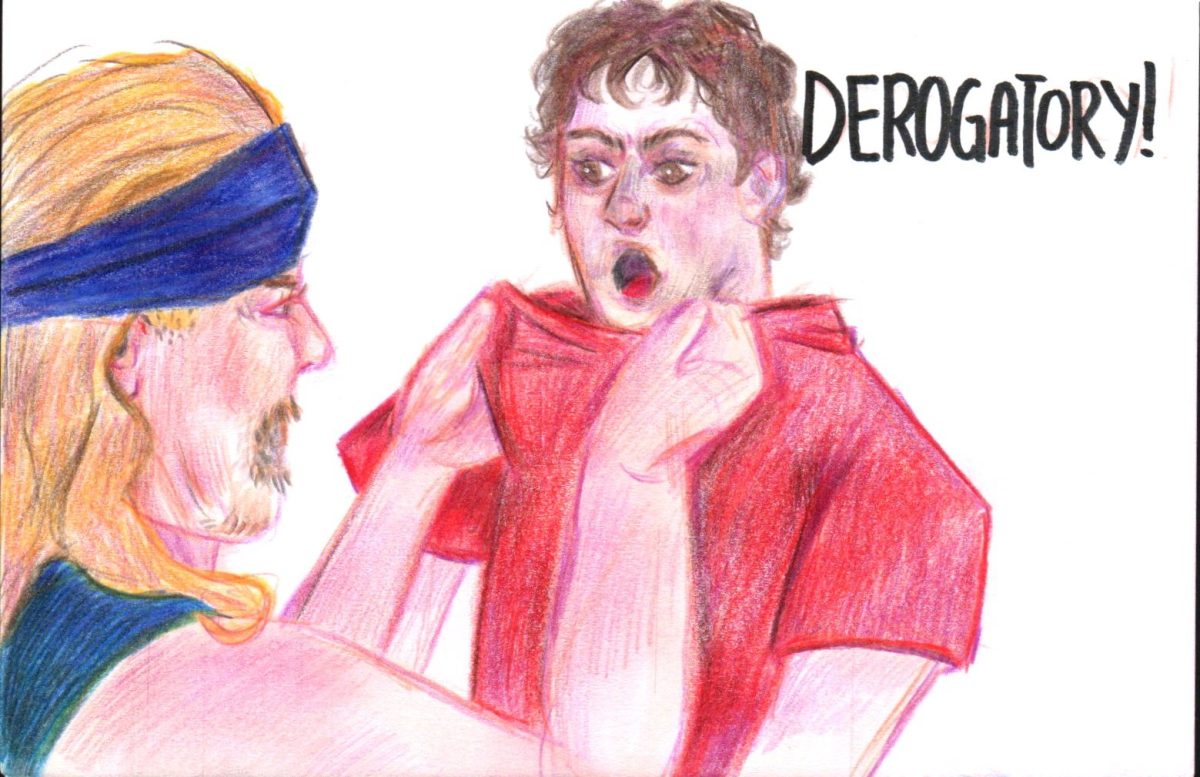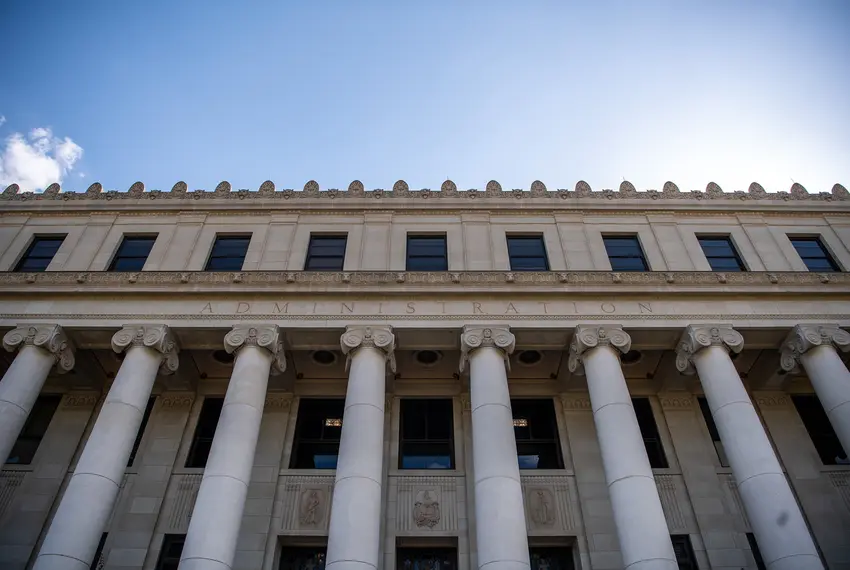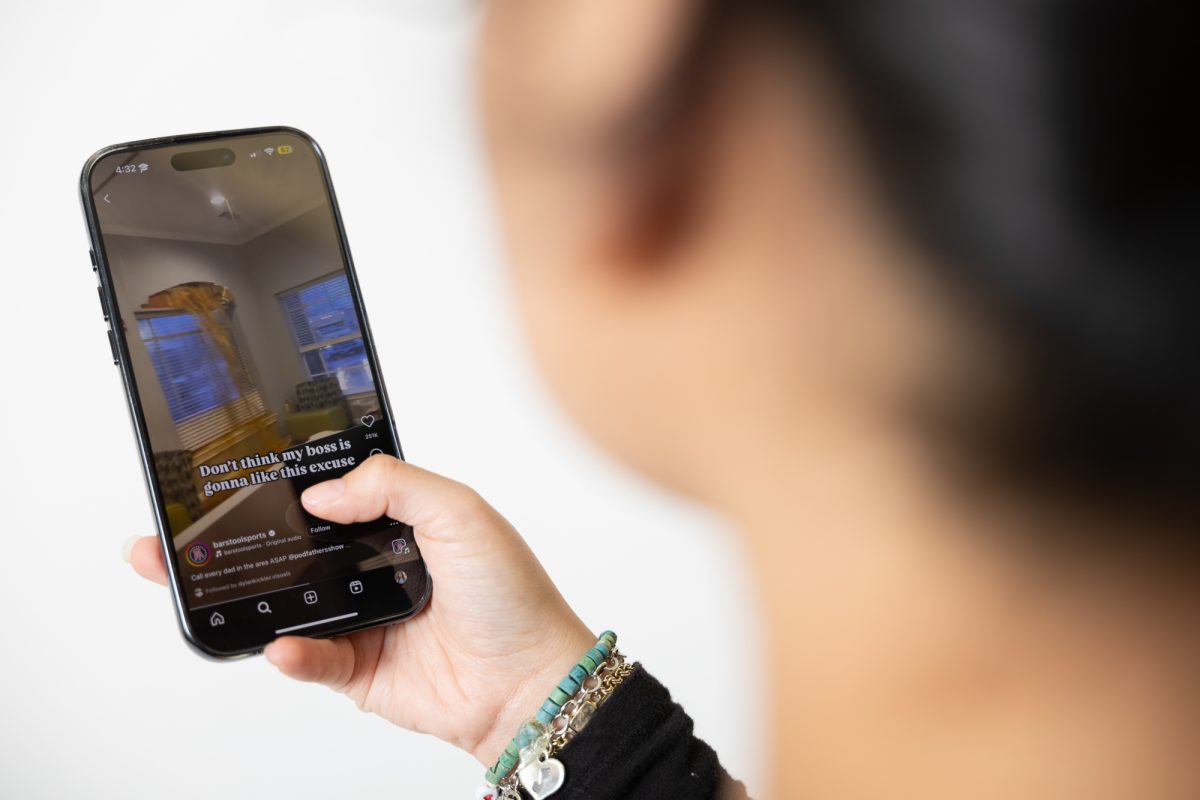While working as a university tour guide this July, Aggieland seemed strangely empty, even for summer. Typically bustling with a hive of activity and students, Texas A&M was little more than a ghost town. Since classes began, however, students have filled campus and began to restore a sense of normalcy. Unfortunately, I doubt that the glorious return to A&M will last long. At first glance, the university’s COVID-19 reopening policies are sound. Beutel is providing free testing, masks and physical distancing are required and high-traffic areas are regularly sanitized. However, while those policies are nominally excellent, their execution falls short and will fail to contain COVID-19’s spread.
One way to significantly contain the virus is through extensive testing. Giving credit where it is due, I commend A&M for providing free tests for all students. The university system’s goal is to provide 15,000 tests per month to students. Unfortunately, those tests are going to be distributed among A&M’s 11 campuses. Even with the College Station campus receiving a larger allotment of those tests, doing so leaves the branch campuses at Galveston, Corpus Christi and elsewhere underequipped.
One may argue that since many students are opting into remote options for classes, there will be significantly fewer students at the university. This is fair, as there certainly will not be 54,000 undergraduates returning to campus. However, there are still tens of thousands that are eager to see Aggieland.
According to the CDC, states should aim to have a 10 percent positive rate to be adequately testing a population. Harvard scientists, putting the same data in a different way, say that, at minimum, 10 tests should be available for every symptomatic positive case.
A&M has said about 75 percent of the students will have at least two face-to-face classes, meaning that around 41,000 students will be returning to campus.
If the A&M system were to divide their 15,000 monthly tests evenly between the 11 campuses, they would have an average of about 1,400 tests. As such, the College Station branch could only test three percent of the undergraduate population, setting aside graduate students and faculty. This miniscule sample size makes it difficult for the campus to comfortably meet the CDC’s 10 percent threshold for adequate testing.
Although A&M is implementing contact tracing and random group testing, there may not be enough tests to effectively monitor COVID-19’s spread. In the week leading up to classes, 30 Aggies tested positive for the virus and two sororities have been fully quarantined. It’s entirely possible the number of cases only increases going forward.
Another reason the university might run out of tests is because few students are following A&M’s mask and physical distancing guidelines. I have noticed on my tours that many students forego their masks the second they leave the MSC and seemingly forget that physical distancing is required. As such, Rudder Plaza and Military Walk may become petri dishes for the virus to fester.
The MSC’s interior is another horror story. Some students thankfully obey the “do not sit” stickers placed on the couches and chairs. Unfortunately, most seem blind to the signs. I went to get lunch at Panda Express the other day, and I almost walked out when I saw clumps of students congregating without masks. We are allowed to take off our masks when we have our food since it’s impossible to eat otherwise. However, many Aggies are abusing this rule by removing their face coverings whenever they sit, regardless if they have a meal in front of them.
Sadly, there is nothing A&M can do to force students to wear masks or stay six feet apart from one another. Per the College Station mask order, only businesses will face any penalty for noncompliance — and although students who do not follow the COVID-19 guidelines may be reported to the student conduct office, of what we have seen so far, individuals have not been punished in any way. All we can do is pray the posters reminding Aggies to uphold our core values by wearing masks will work.
Most concerning is A&M’s lack of power to punish students who violate the university’s policy when off campus. Twitter has been doing its best to guilt students out of partying and gathering in large groups. Until A&M is willing to administer academic punishments for refusing to social distance, wear masks and avoid large gatherings, the Brazos Valley is in trouble.
With so many Aggies back at A&M, having too few tests for the large student body, the inability to enforce mask policies and refusal to punish gatherings will affect the Bryan and College Station communities. At face value, A&M’s administration seems to have a handle on the pandemic. However, when you take a closer look, you find that the university’s measures will not do enough to stop COVID-19. Unless A&M decides to take more aggressive means to prevent the virus from spreading, my bet is that the campus will once again close before the end of September.
Caleb Powell is a biomedical engineering sophomore and opinion columnist for The Battalion.




